Out came the letters, written in aquamarine ink or red, with French stamps – pour les chômeurs intellectuels – for unemployed intellectuals. Addressed to Constantine Curran, they were sent by James Joyce, his lifelong friend. Was the writer winking when he posted them in Paris to my grandfather in Dublin? Preparing to ask his friend for another favour as he had done ever since their student days together?
Several years ago, I went to UCD to investigate the collection my grandfather had given to his alma mater. There I discovered to my surprise that a few letters involving the Joyce family had been withdrawn...for decades to come. Not the ones about bringing them home for burial – that has caused a stir again – but letters quick with life decisions in the moment. I questioned this block on the letters, and putting heads together with the pair of librarians, claimed my own family rights.
Daddo, as we knew my grandfather, had donated almost every letter he received, all he had collected from about 1900 to 1968. He also passed on what his wife, Helen Laird Curran, had saved, although Mammo, as we called her, did not hold onto letters from her friend Nora Joyce. Their collection brought together scads of letters, photographs and books, creating a chronicle of those tempestuous times for Ireland and Europe, of the friends and town they both loved.
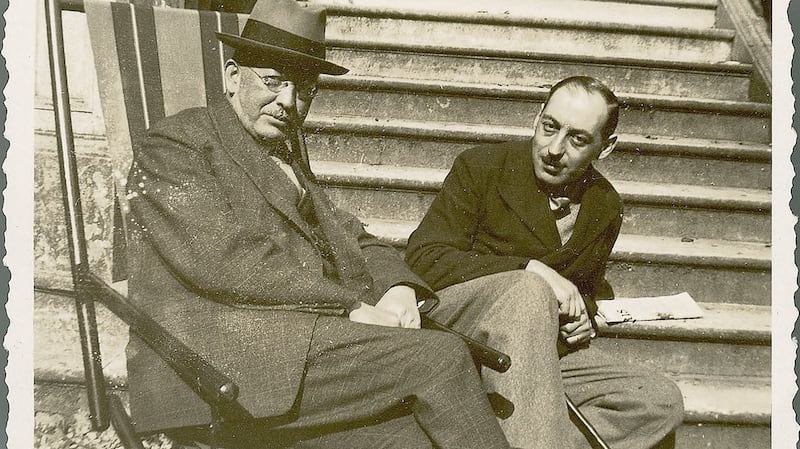
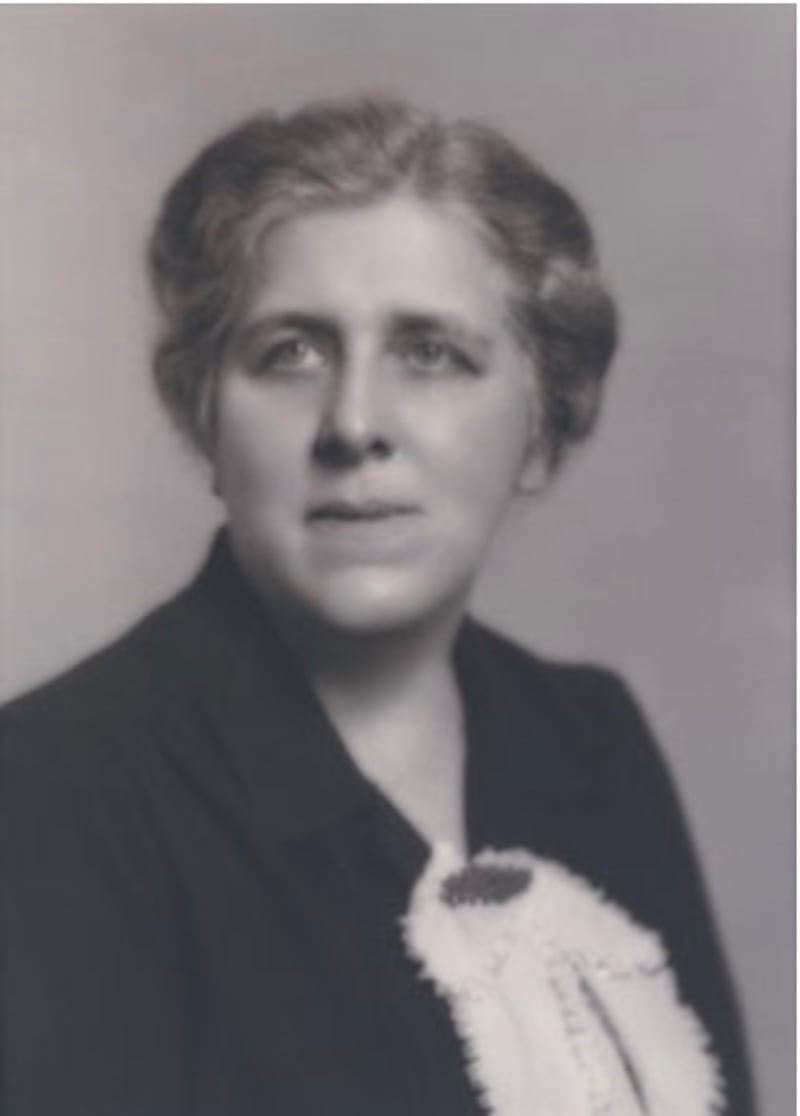
By the time my mother had to sort through it all, and deliver the material to the university, several of the Joyce letters had already been published in abbreviated form under the discreet watch of Daddo and his allies; a few others, still off limits, are as yet unseen.
Daddo’s correspondence also includes some letters from three of these Joyce family allies who kept them afloat during the twenties and thirties with moral cheer and cash flow: in Paris, the devoted polymath, Paul Léon, and the energetic translator Maria Jolas; and Harriet Weaver, Joyce’s over-committed benefactor in England. Somewhere along the line, between demands of the Joyce estate and library protocol, these various letters had been censored. Out they came as well.
Lucia Joyce, the beloved only daughter in her twenties, brought this trio and the Currans together in urgent letter writing. She was a constant worry for her parents because of her destructive outbursts. Lucia’s troubles were an open secret for many in Joyce circles, yet details exchanged by the correspondents were often kept from her over-bearing father.
In the spring of 1935, the young woman who had travelled with her aunt from Paris to England and Ireland for a change of scene, was in psychological disarray. No amount of good company, sea air and fresh fruit gave her a sense of calm and pleasure. By July she had vanished: fleeing her aunt’s bungalow that she shared with her two cousins in Bray.
Daddo was, as ever, Mr Reliable on the spot: an officer in the law courts who could be counted on to size up Lucia’s disappearance sensibly, and take the best course of action. Just 10 days before Lucia went missing, he had faced an intimate family friend dying. Æ – George Russell – had called on his friend to accompany him in his final hours, and Daddo had travelled to England to be with him, and take down his last wishes before his death. He was then charged to escort the body of Ireland’s revered artist, editor and economic activist back from England, across the Irish Sea, home for a funeral attended by both Éamon de Valera and William T Cosgrave.
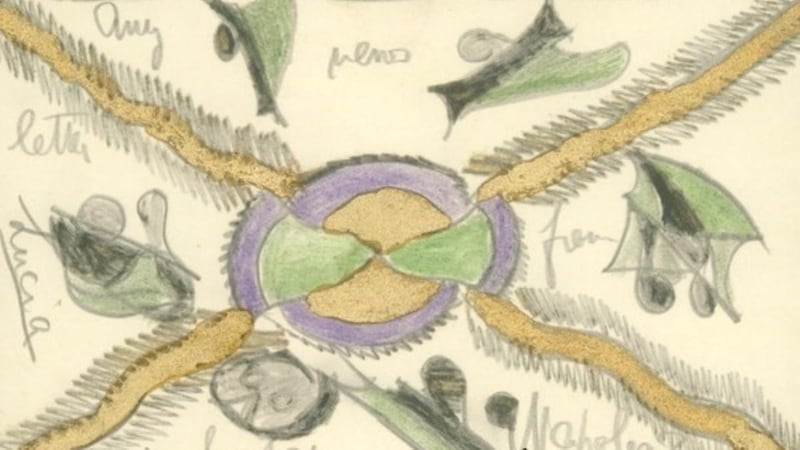
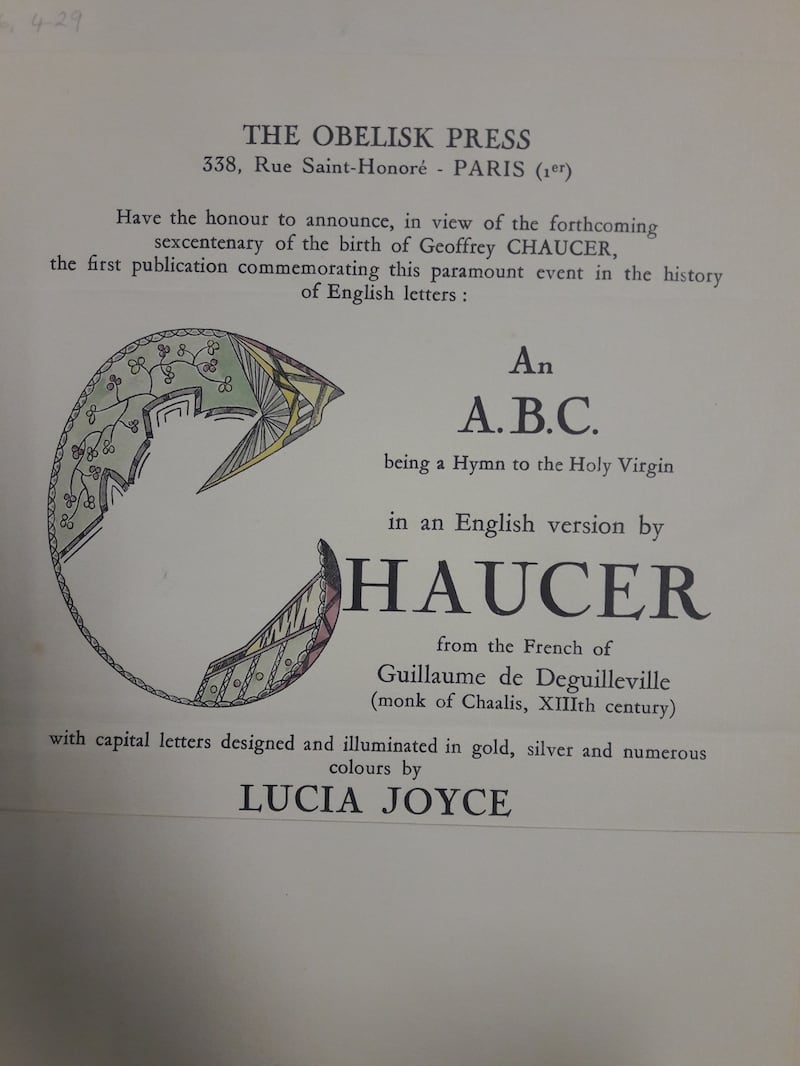
With Lucia, it was a more delicate affair. When the police found his friend’s daughter in downtown Dublin, Daddo had to persuade them to release her to him. The plan, then, was to make the crossing again, to bring Lucia back to England to be treated by a psychiatrist, under Harriet Weaver’s watchful eye. This time, Mammo was working hand in hand with him. Together they put their own busy days and nights on hold, and linked arms with Lucia, heading to Dún Laoghaire where the ferry was docked. Anyone who has accompanied a friend in mental distress knows the prickly anxiety and extra sense of responsibility that this triggers, all the more so when family is far away.
I’ve tried imagining their journey, distilling my mother’s stories of their crossing. At night, on the mailboat sailing for Britain, among hundreds of Irish “navvies”, labourers, there’s Lucia and Daddo and Mammo on deck. They’re talking gently to one another, on what was the day after Lucia’s 28th birthday, teasing her affectionately about the frock their daughter had got her as a gift. “Sure didn’t you both love the smart cut of a dress by Monsieur Seán!” Mammo’s voice rings out in my mother’s telling.
After midnight, they’re stepping off the boat in Holyhead, to meet up with Miss Weaver who hurried Lucia onto the train that would take the two women to London by dawn. It’s still hard for me to picture my grandparents on the dark platform as the train departed, to fathom what they felt, between losing Æ and now aying goodbye to Lucia whom they regarded as their second daughter.
In Daddo’s papers, a card that Lucia wrote to them afterwards gives a glimpse of their closeness. “Any news from Napoleon?” she scrawled. There’s “as much wit on the tips of her fingers”, family friend Louis Gillet noted, “as in the tips of her toes.” Lucia had not lost her French sense of humour about her father.
Gold, green and purple patterns the page. The geometry is fanciful, the black outlines rough. Lucia’s card captures something of her. For all the scholarly speculation about Lucia, a tortured muse of a distraught paternalistic father, here she is – playfully expressive.
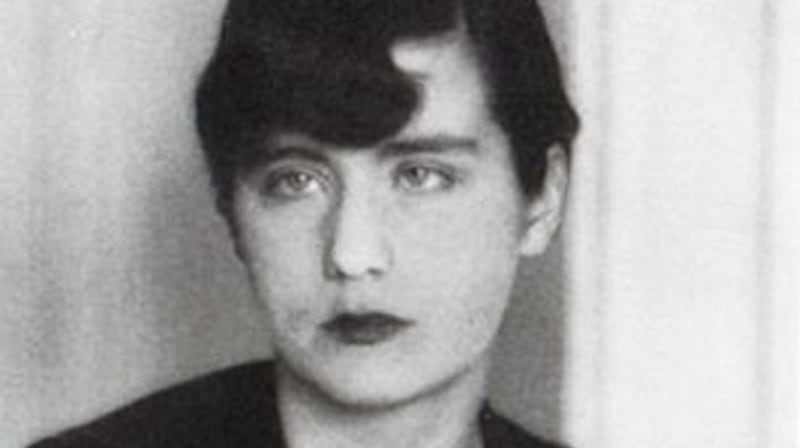
Lucia was known for her calligraphy. Alongside her dancing, she took up illuminating letters, those ornate, colorful initials that artists drew on early modern manuscript pages. Pressed into service by Babbo – Daddy Joyce – three years earlier, she had designed a set of them for his book, Pomes Penyeach. The third poem, A Flower Given to my Daughter, begins with her lithe letter F, aquamarine fingers reaching out. In the fragment, The Mime of Mick, Nick, and the Maggies, she created two more initials, golden and blue, that appear in one of the copies she signed with her father. She called her letters by their French name, lettrine.
Lucia’s card to Daddo, to my eye, is a rough draft of a lettrine. It’s a plucky sign of creative life, expressing more than a joke and her need for a helping hand. Its sparkle of gold captures something of a free-spirited Lucia.
Some 80 years after Lucia composed this note, and the foursome – Curran Léon, Jolas, and Weaver – exchanged letters urgently about her, I see no reason for keeping their exchange out of reach. “Cautious Conn” Curran had donated them because he intended them to be read one day in Dublin. In the family spirit, I encouraged the librarians and other scholars to bring these letters out into the light of day at last.
With fresh news of the death of Stephen Joyce, this choice is all the more clearcut. Today, I like to imagine readers discovering these letters, enjoying new insights, as I do with students in other library collections from Durham, North Carolina to Paris.
Opening up family archives offers more than public access to data. It’s an invitation to meet new people in old things released from decades of cold storage. It’s also a good challenge to recognise different sides of those people you thought you knew inside out. That’s why I believe history – and family history – is always worth rewriting. What emerges is open-ended.
Reading the letters this time, I notice the reassuring humour of Mammo, who had seen too many creative people self-destruct under pressure during the tumultuous 1920s and 1930s. Stalwart Daddo, drained by all these leave-takings and deaths – including his mother’s – in too short a time. And the right “chancer”, my risk-taking mother, excited to get to know a girl from the Continent, shocked by her fiery distress. There’s Miss Weaver in her stiff, affectionate, blue-stockinged way. Maria Jolas, the encouraging teacher whose Kentucky voice and French accent could cajole any wayward soul back home. And Paul Léon, exquisitely attentive, generous, involved to the last late-night trunk call, no matter the trouble.
In July 1935, this unlikely company who advocated for Joyce’s avant-garde fiction also gave all their heart to Lucia, his daughter. In that same month, the writer published the penultimate episode of his Finnegans Wake. While critics will no doubt continue to focus on Joyce’s work in progress, I’m drawn to those people who helped make his writing possible. The human back-story of this fiction runs just as deep as its river of inventive words, if not deeper.
University College Dublin is preparing now to make their uncensored letters available to interested readers for the first time. As UCD releases them, and Dublin enjoys its brand-new Museum of Literature Ireland, and debates what will remain of the renowned writer downtown, I'm thinking of Lucia Joyce and the Currans, Léon, Jolas, and Weaver who did not hesitate to rally round in support of their friend.
Durham - Dublin - Paris
November 2019-January 2020
Helen Solterer is professor of French and Francophone studies at Duke University. Among her current projects is a biography of her grandmother, Helen Laird Curran.








